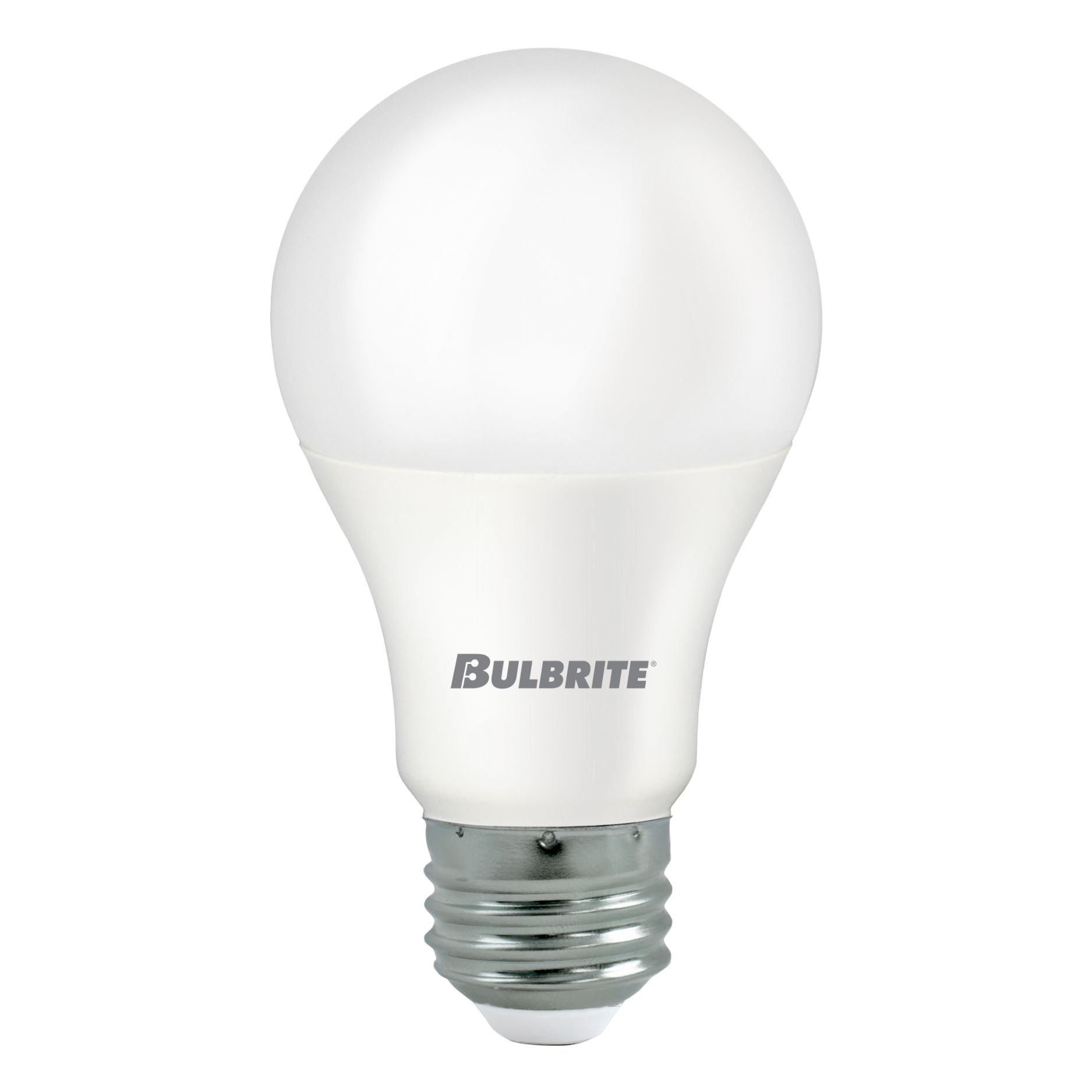

Articles
How Bright Is A 9W LED Bulb
Modified: January 8, 2024
Find out how bright a 9W LED bulb is and learn about the latest articles on LED lighting. Discover the benefits of energy-efficient lighting for your home or office.
(Many of the links in this article redirect to a specific reviewed product. Your purchase of these products through affiliate links helps to generate commission for Storables.com, at no extra cost. Learn more)
Introduction
LED bulbs have become increasingly popular in recent years due to their energy efficiency and long lifespan. When it comes to choosing the right LED bulb, one important factor to consider is its brightness. While traditional incandescent bulbs were measured in terms of wattage, LED bulbs are rated in lumens. In this article, we will explore the brightness of a 9W LED bulb and how it compares to other wattage options.
A 9W LED bulb is a common choice for residential lighting applications. It provides a sufficient amount of light for everyday activities while consuming less energy compared to higher wattage bulbs. However, it’s essential to understand that the brightness of an LED bulb is not solely determined by its wattage. Several other factors come into play, which we will discuss in detail later in the article.
Before diving into the factors influencing the brightness of a 9W LED bulb, let’s discuss what exactly a 9W LED bulb is and how it differs from traditional incandescent bulbs.
A 9W LED bulb is an energy-efficient lighting option that uses light-emitting diodes (LEDs) to emit light. It consumes only 9 watts of electricity to produce light, making it highly energy-efficient compared to incandescent bulbs that typically consume much higher wattages. This energy efficiency translates to lower electricity bills and reduced environmental impact.
LED bulbs, including the 9W option, are available in various shapes and sizes to fit different light fixtures. They offer a wide range of color temperatures, from warm white to cool white, catering to different lighting preferences and moods.
Now that we have a basic understanding of what a 9W LED bulb is, let’s delve deeper into the factors that affect its brightness.
Key Takeaways:
- When choosing a 9W LED bulb, look beyond wattage and consider factors like lumens, color temperature, and light distribution to ensure the right level of brightness for your space and activities.
- LED bulbs offer energy efficiency and long lifespan, with 9W bulbs providing a good balance of brightness for general residential lighting. Consider factors like CRI and dimming capabilities for optimal ambiance.
Read also: 8 Best 9W LED Bulb for 2024
What is a 9W LED bulb?
A 9W LED bulb is a type of light bulb that uses light-emitting diodes (LEDs) to produce light. The “9W” refers to its power consumption, indicating that it requires 9 watts of electricity to operate. LED bulbs, including the 9W variant, have gained immense popularity in recent years due to their energy efficiency, long lifespan, and versatility in terms of color temperature and design.
LED technology is different from traditional incandescent bulbs in several ways. While incandescent bulbs rely on a filament that heats up to produce light, LED bulbs use semiconductors to emit light when an electric current passes through them.
One key advantage of 9W LED bulbs is their energy efficiency. Compared to incandescent bulbs, which often consume much higher wattages, LED bulbs use significantly less energy to produce the same amount of light. This lower energy consumption not only saves on electricity costs but also contributes to a reduced carbon footprint.
Another notable feature of 9W LED bulbs is their long lifespan. LED technology is known for its durability, and LED bulbs can last up to 25 times longer than traditional incandescent bulbs. This means fewer replacements and less waste over time.
9W LED bulbs are available in various shapes, sizes, and designs to suit different lighting needs and aesthetics. From standard A19 bulbs to candelabra bulbs and floodlights, there is a wide range of options to fit various light fixtures and preferences.
Furthermore, 9W LED bulbs offer flexibility in terms of color temperature. Color temperature refers to the perceived warmth or coolness of the light emitted by the bulb. LED bulbs can be found in a range of color temperatures, from warm white (providing a cozy, yellowish light) to cool white (offering a brighter, bluish-white light). This allows individuals to create the desired ambiance in their living spaces.
In summary, a 9W LED bulb is a highly efficient and long-lasting lighting option that consumes less energy compared to incandescent bulbs. Its versatility in terms of design and color temperature makes it suitable for various residential and commercial lighting applications.
Understanding brightness in LED bulbs
When it comes to LED bulbs, brightness is measured in lumens rather than wattage. Lumens indicate the amount of light emitted by a bulb, providing a more accurate measure of brightness. The higher the lumen value, the brighter the light produced by the LED bulb.
However, it’s important to note that the perception of brightness can vary depending on factors such as the color temperature and the direction of the light. For example, a cool white LED bulb may appear brighter than a warm white bulb with the same lumen output. Additionally, light distribution plays a crucial role in how evenly the brightness is spread across a room.
The lumen output of a 9W LED bulb can vary depending on the specific model and brand. Typically, a 9W LED bulb produces around 800-900 lumens, which is equivalent to the brightness of a 60-75 watt incandescent bulb. This level of brightness is generally suitable for everyday activities in residential spaces.
When choosing the right brightness for your needs, consider the size of the room, the desired lighting effect, and the activities that will take place in the space. For example, a bedroom may require softer, dimmable lighting for relaxation, while a kitchen or workspace may benefit from brighter, more focused lighting.
It’s also worth mentioning that LED bulbs often come with dimmable options, allowing you to adjust the brightness to your preference. Dimmable LED bulbs offer even more flexibility in creating the desired ambiance in different settings.
One crucial aspect to consider when assessing the brightness of an LED bulb is its color rendering index (CRI). CRI measures the ability of a light source to accurately render colors compared to natural sunlight. The higher the CRI value, the better the color representation. LED bulbs with a high CRI (typically above 80) are preferred for spaces where accurate color perception is essential, such as art galleries or makeup studios.
Ultimately, understanding the concept of brightness in LED bulbs goes beyond simply looking at the wattage. Considering factors like lumens, color temperature, light distribution, and CRI will help you select the right LED bulb that meets your specific lighting needs.
LED bulbs are measured in lumens, not watts. A 9W LED bulb typically produces around 800 lumens, which is equivalent to a 60W incandescent bulb. Look for lumens when comparing brightness.
Factors that affect the brightness of a 9W LED bulb
The brightness of a 9W LED bulb can be influenced by various factors that go beyond wattage. Understanding these factors can help you make an informed decision when choosing LED bulbs for your lighting needs. Here are some key factors that affect the brightness of a 9W LED bulb:
- Lumen output: The lumen output is the primary determinant of the brightness of an LED bulb. It indicates the amount of light emitted by the bulb. A higher lumen output translates to a brighter light. A 9W LED bulb typically produces around 800-900 lumens, which is equivalent to the brightness of a 60-75 watt incandescent bulb.
- Color temperature: The color temperature of an LED bulb affects the perceived brightness. Color temperature is measured in Kelvin (K) and refers to the warmth or coolness of the light. Bulbs with higher color temperatures, such as cool white (5000-6500K), tend to appear brighter than those with lower color temperatures, such as warm white (2700-3000K). It’s important to choose a color temperature that suits your preference and the desired ambiance.
- Light distribution: The way light is distributed from an LED bulb can impact the perceived brightness in a room. Some LED bulbs are designed to emit light in a specific direction, while others provide a more uniform distribution. Consider the specific lighting requirements of your space and choose a bulb with an appropriate light distribution pattern to ensure even brightness across the room.
- Quality of LEDs: The quality of the LEDs used in the bulb can affect both the brightness and the lifespan. Higher-quality LEDs generally produce brighter light and have a longer lifespan. Opting for trusted brands and reputable manufacturers can ensure that you are getting reliable LED bulbs with consistent brightness performance.
- Dimming capabilities: Some LED bulbs come with dimming capabilities, allowing you to adjust the brightness as needed. Dimmable LED bulbs offer greater flexibility in creating the desired lighting ambiance in different settings. Keep in mind that not all LED bulbs are dimmable, so check the product specifications before making a purchase.
- Environmental factors: Environmental factors such as temperature can affect the brightness and performance of LED bulbs. Extreme temperatures, either too hot or too cold, can impact the efficiency and lifespan of LED bulbs. It’s important to install LED bulbs in suitable environments and avoid exposing them to excessive heat or cold.
By considering these factors when selecting a 9W LED bulb, you can ensure that you choose the right bulb to meet your brightness requirements and create the desired lighting atmosphere in your space.
Comparison of brightness between different wattage LED bulbs
When it comes to comparing the brightness of LED bulbs, it’s important to understand that brightness is measured in lumens, not wattage. However, it’s common for people to associate higher wattage with higher brightness due to the traditional incandescent bulb standard. In reality, the brightness of an LED bulb depends on various factors, including its lumen output, color temperature, and light distribution. Here’s a general comparison of brightness between different wattage LED bulbs:
- 5W LED bulb: A 5W LED bulb typically produces around 400-500 lumens, equivalent to the brightness of a 40-50 watt incandescent bulb. This level of brightness is suitable for accent lighting or smaller areas where a lower level of illumination is desired.
- 9W LED bulb: As we have discussed earlier, a 9W LED bulb produces around 800-900 lumens, similar to the brightness of a 60-75 watt incandescent bulb. This level of brightness is commonly used for general lighting purposes in residential spaces such as living rooms, bedrooms, or dining areas.
- 12W LED bulb: A 12W LED bulb typically emits around 1000-1200 lumens, equivalent to the brightness of an 80-100 watt incandescent bulb. This level of brightness is suitable for larger rooms or areas where higher illumination levels are needed, such as kitchens or workspaces.
- 15W LED bulb: A 15W LED bulb generally produces around 1200-1500 lumens, comparable to the brightness of a 100-125 watt incandescent bulb. This level of brightness is suitable for larger spaces that require brighter lighting, such as open-concept living areas or commercial settings.
- 18W LED bulb: An 18W LED bulb emits around 1500-1800 lumens, equivalent to the brightness of a 125-150 watt incandescent bulb. This level of brightness is suitable for areas that need ample illumination, such as garages, workshops, or outdoor spaces.
It’s important to note that these are general comparisons, and the specific lumen output may vary depending on the brand and model of the LED bulbs. Additionally, the perceived brightness can be influenced by factors like color temperature and light distribution, as discussed earlier.
When selecting the right wattage LED bulb for your needs, consider factors such as the size of the space, the desired level of brightness, and the specific lighting requirements of the area. It’s also worth noting that different areas within a space may benefit from different levels of brightness, so it’s important to consider the functionality and purpose of each area.
By understanding the brightness comparisons between different wattage LED bulbs, you can make an informed decision and choose the LED bulbs that best meet your lighting needs and preferences.
Read also: 9 Amazing W16W LED Bulb for 2024
Conclusion
Choosing the right LED bulb is essential to create the perfect lighting ambiance in your space. When considering the brightness of a 9W LED bulb, it’s crucial to look beyond wattage and understand the factors that influence brightness. While a 9W LED bulb typically produces around 800-900 lumens, its perceived brightness can be impacted by factors such as color temperature, light distribution, and the quality of LEDs used.
LED bulbs offer numerous advantages over traditional incandescent bulbs, including energy efficiency, long lifespan, and versatility in design and color temperature options. They have revolutionized the lighting industry by providing brighter and more efficient lighting solutions while reducing energy consumption.
When comparing the brightness of LED bulbs, it’s important to consider the lumen output rather than the wattage. LED bulbs are available in various wattages, each offering different levels of brightness. From 5W to 18W LED bulbs, there is a wide range to choose from based on your specific needs and preferences.
Factors such as color temperature, light distribution, and dimming capabilities play a significant role in creating the desired lighting atmosphere. By selecting the appropriate LED bulb based on these factors, you can achieve the perfect balance of brightness and ambiance in your living space.
Ultimately, the brightness of a 9W LED bulb is suitable for general lighting purposes in residential settings. However, it’s important to consider the unique characteristics and requirements of each space when choosing the brightness level that meets your specific needs.
LED technology continues to evolve, offering even more efficient and brighter lighting options. As advancements are made, it’s important to stay informed and consider the latest innovations when selecting LED bulbs for your lighting needs.
In conclusion, a 9W LED bulb offers a good balance of brightness and energy efficiency for everyday residential lighting. By understanding the factors that affect brightness, considering the specific requirements of your space, and comparing the available options, you can make an informed decision and enjoy the benefits of LED lighting.
Frequently Asked Questions about How Bright Is A 9W LED Bulb
Was this page helpful?
At Storables.com, we guarantee accurate and reliable information. Our content, validated by Expert Board Contributors, is crafted following stringent Editorial Policies. We're committed to providing you with well-researched, expert-backed insights for all your informational needs.
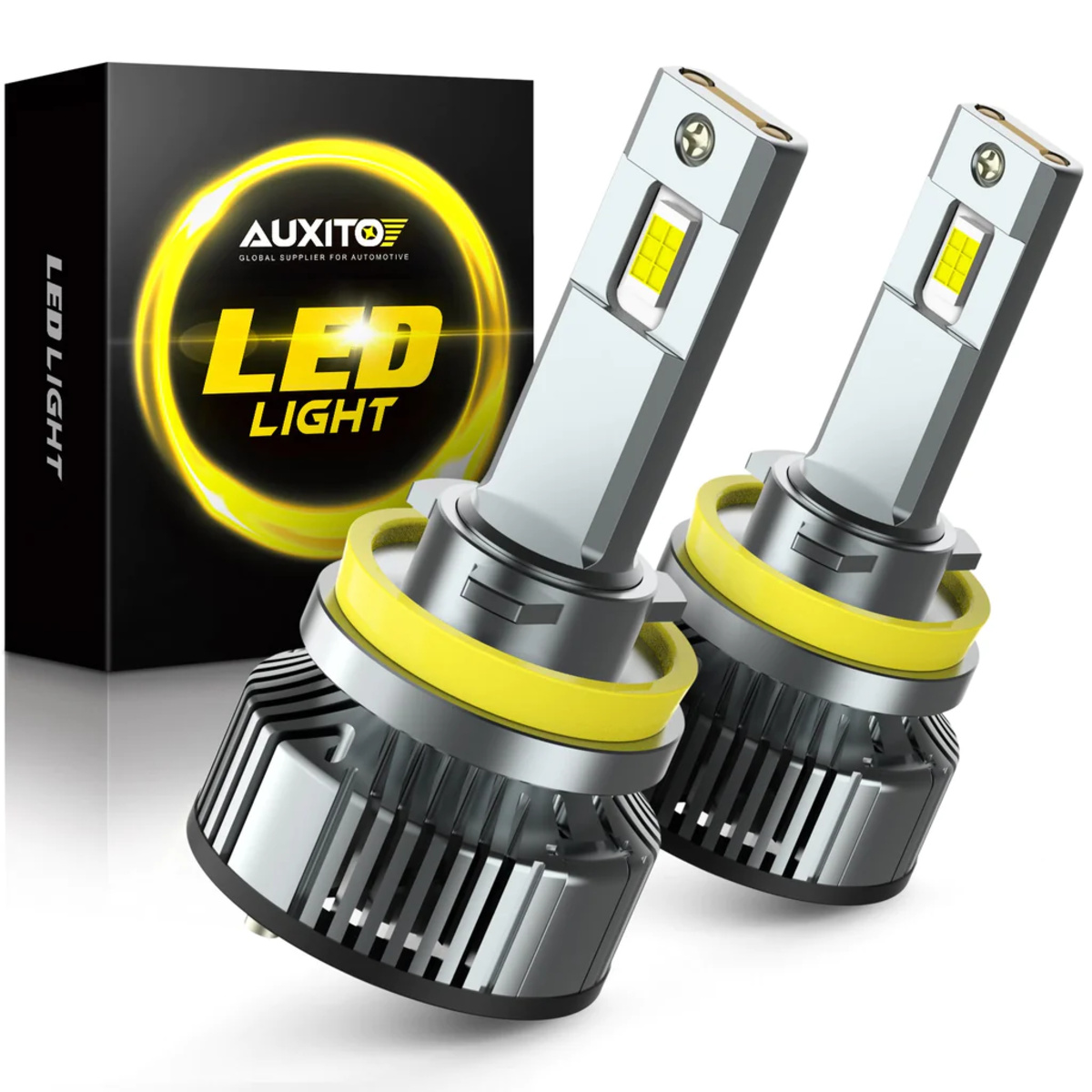
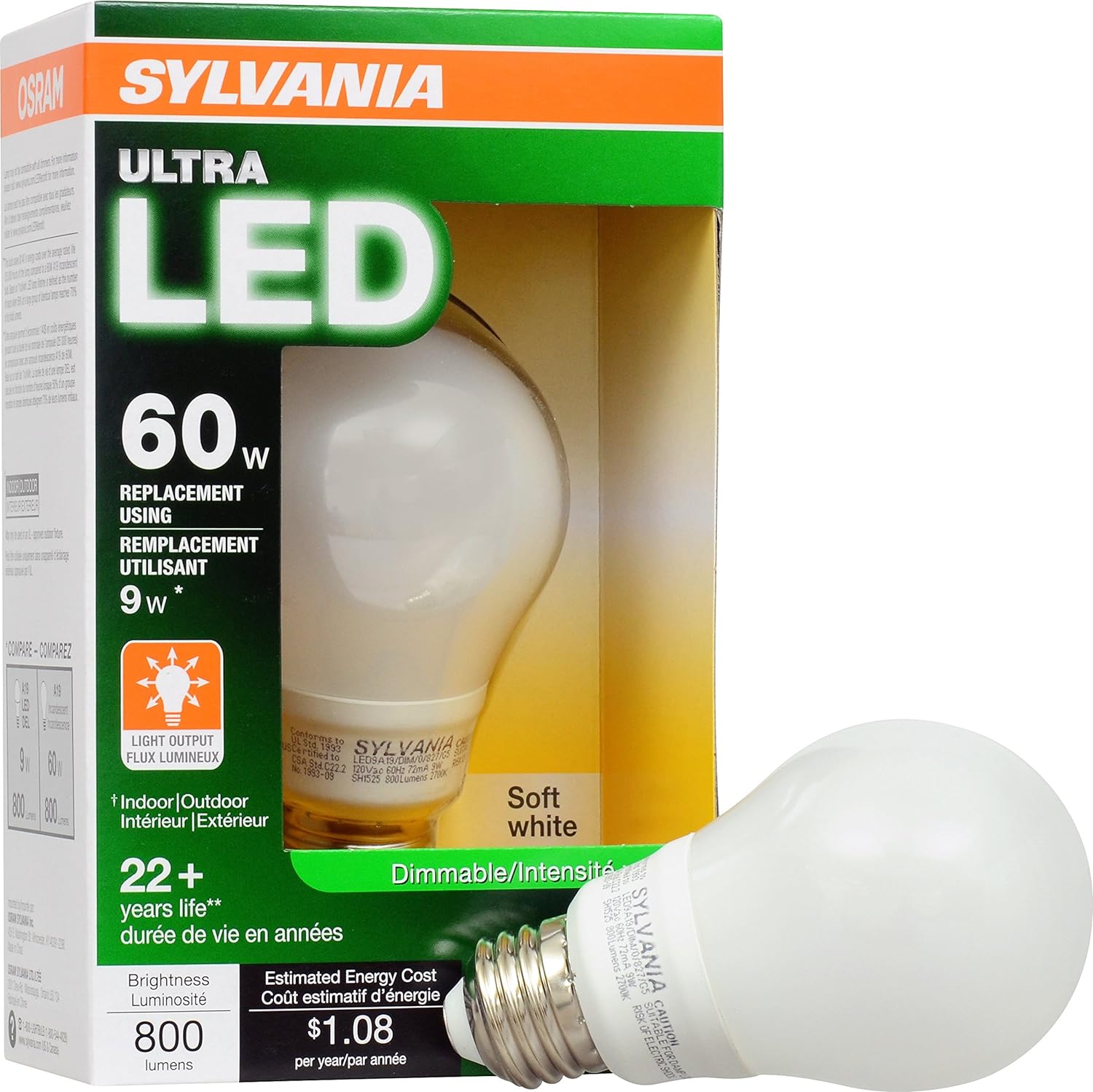
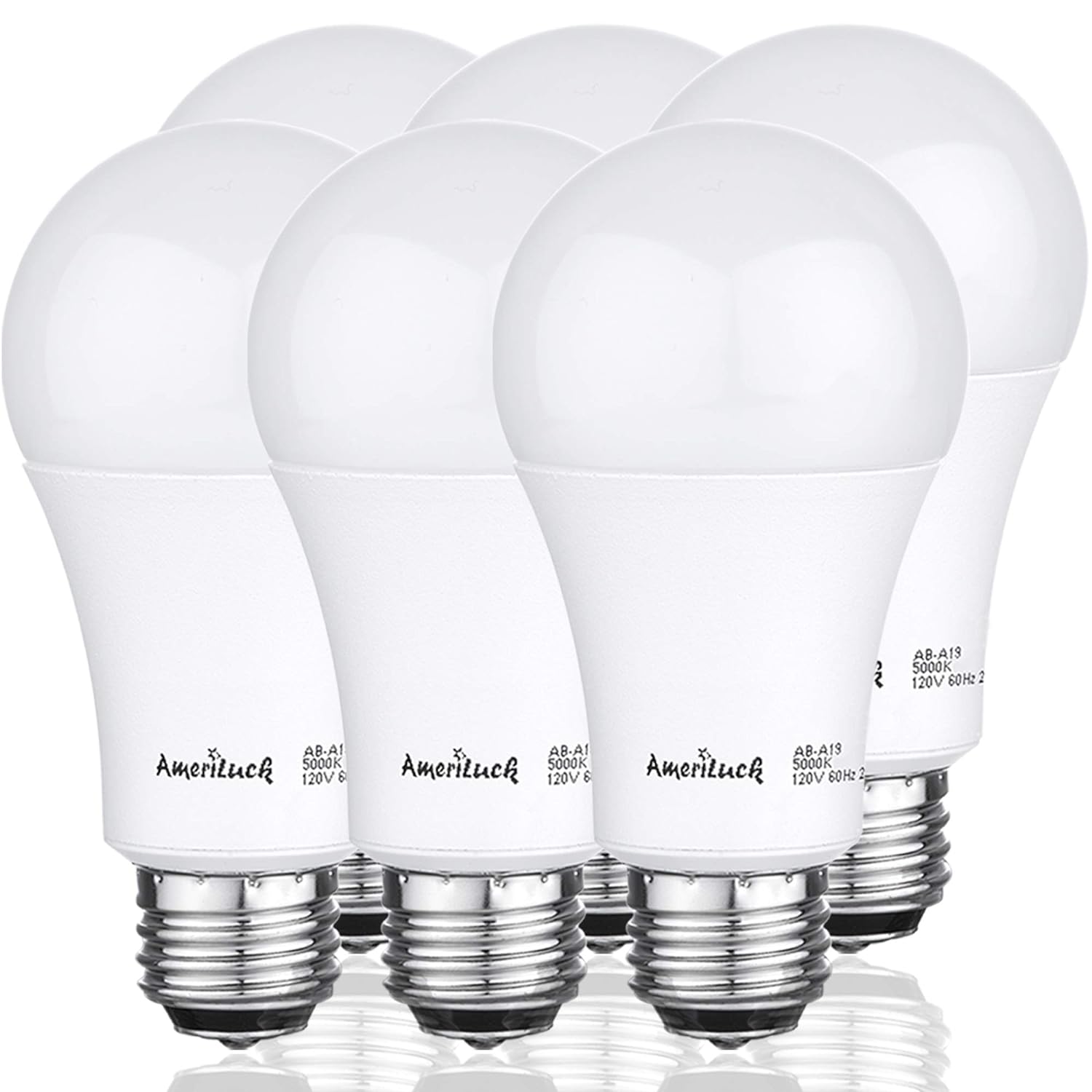
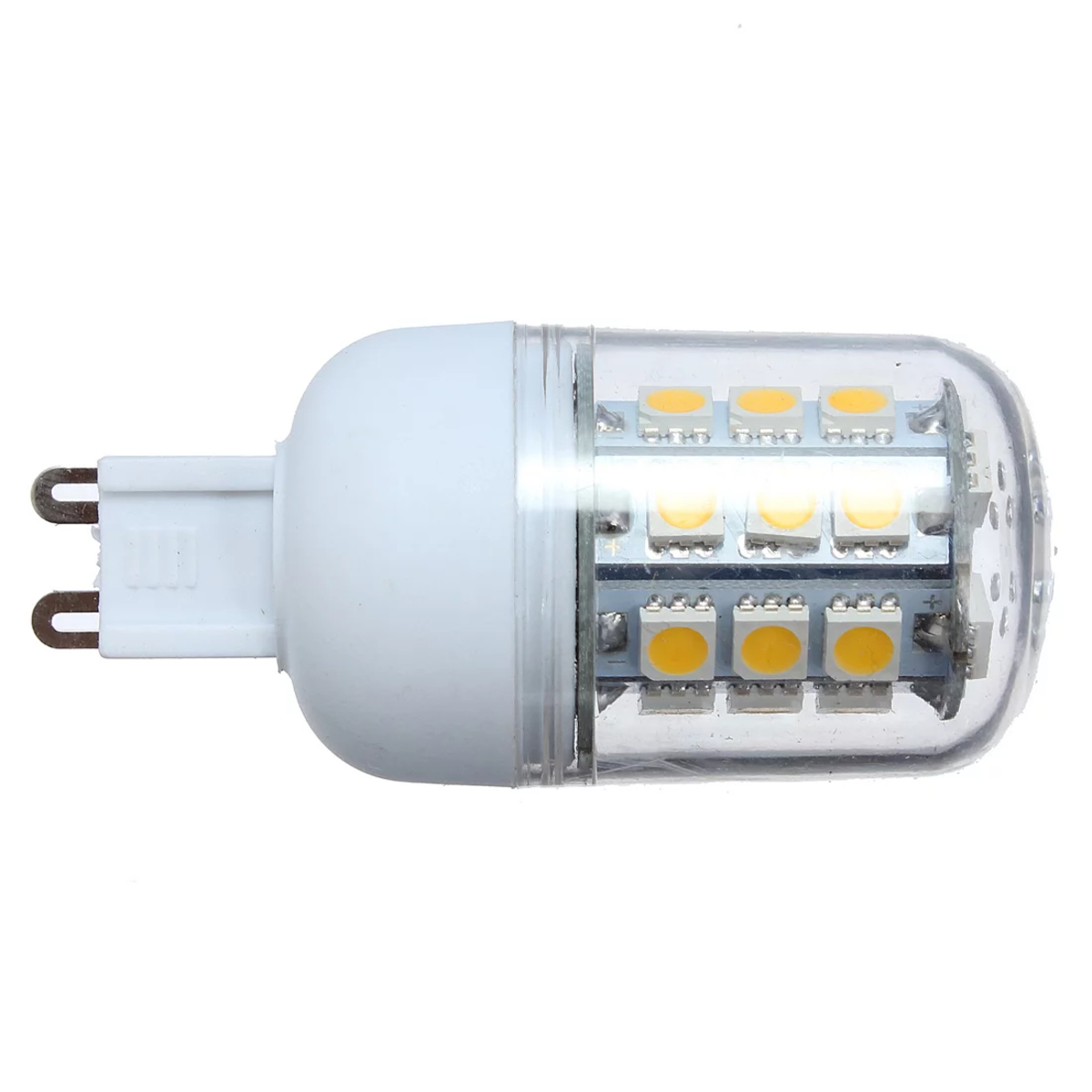
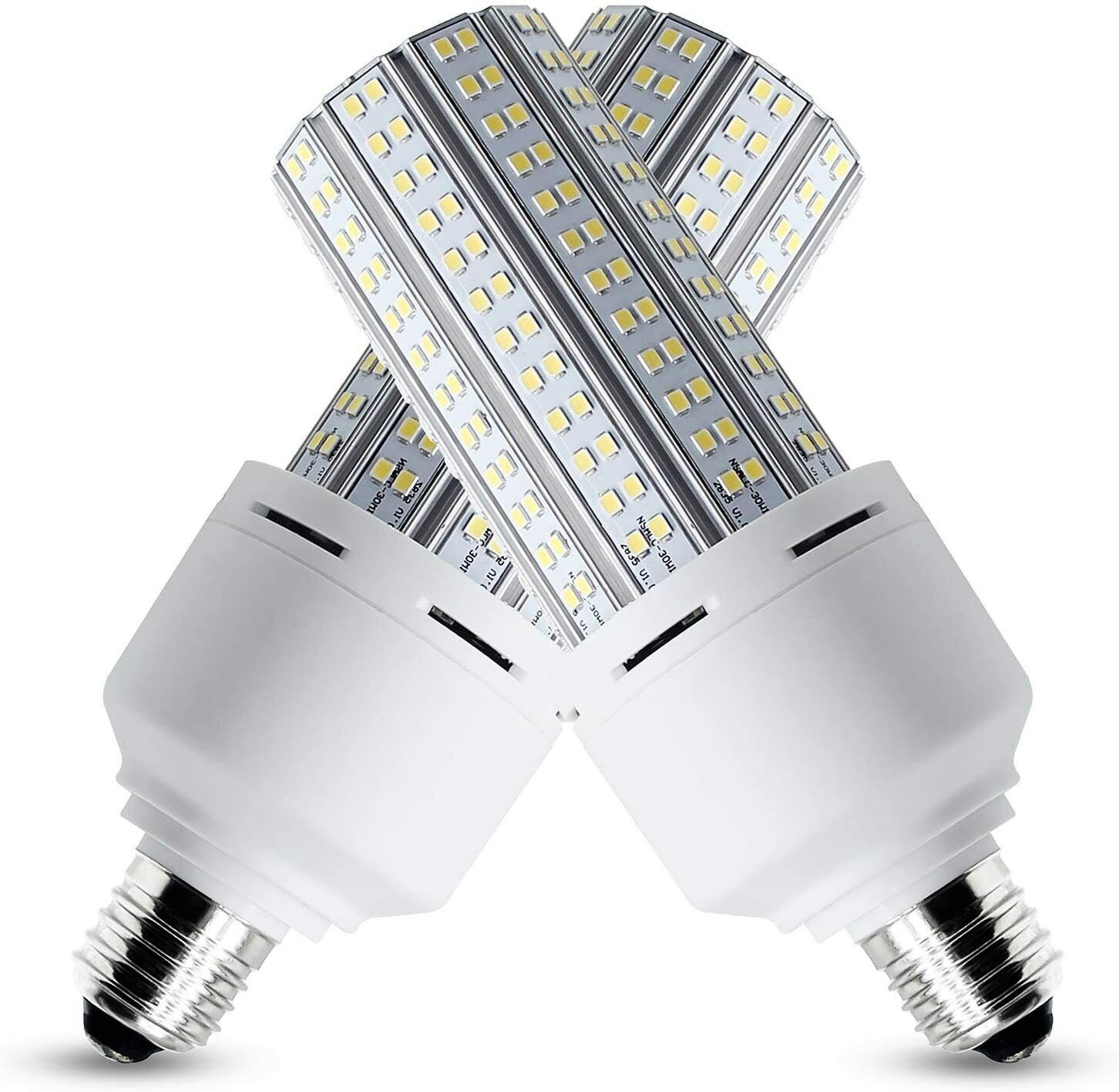
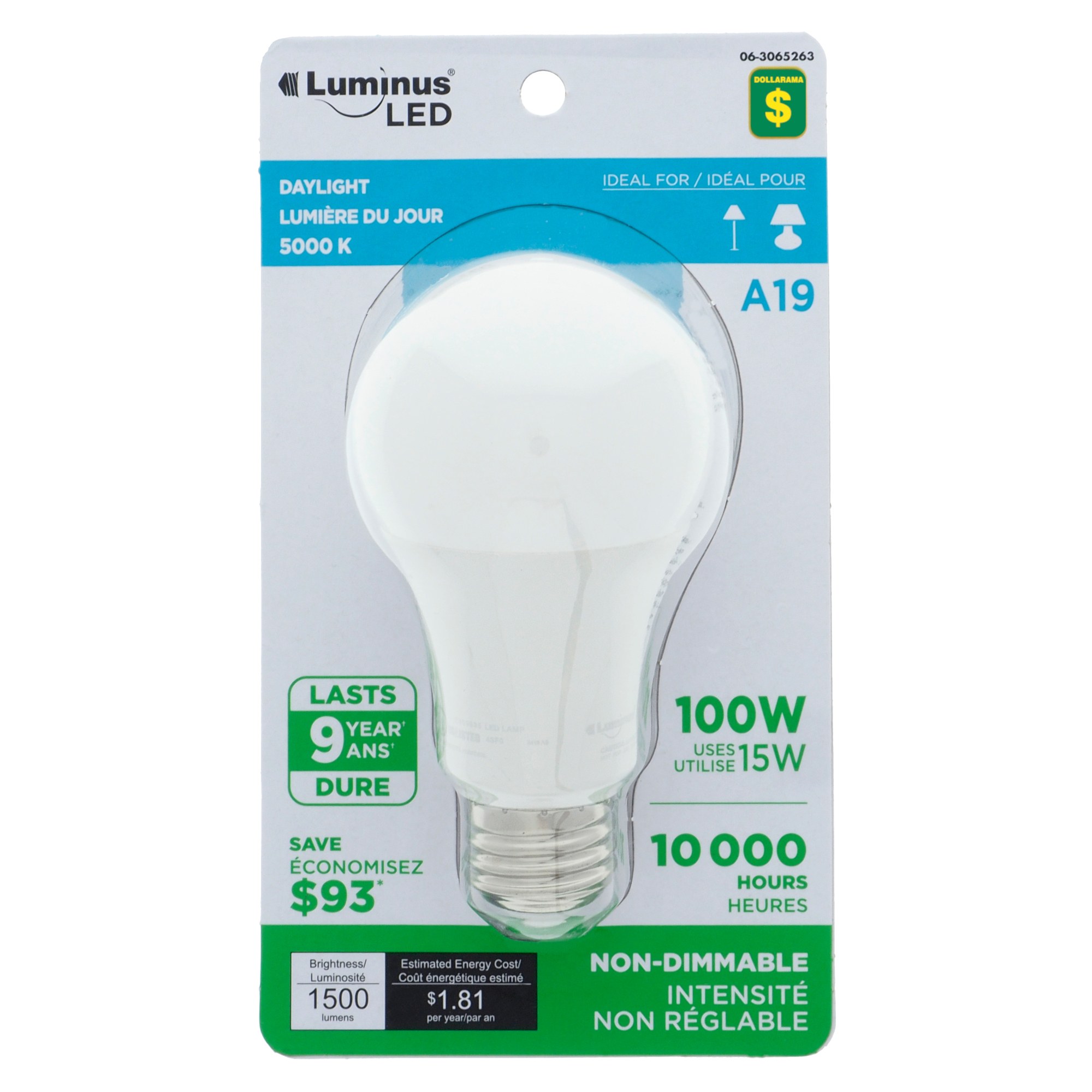
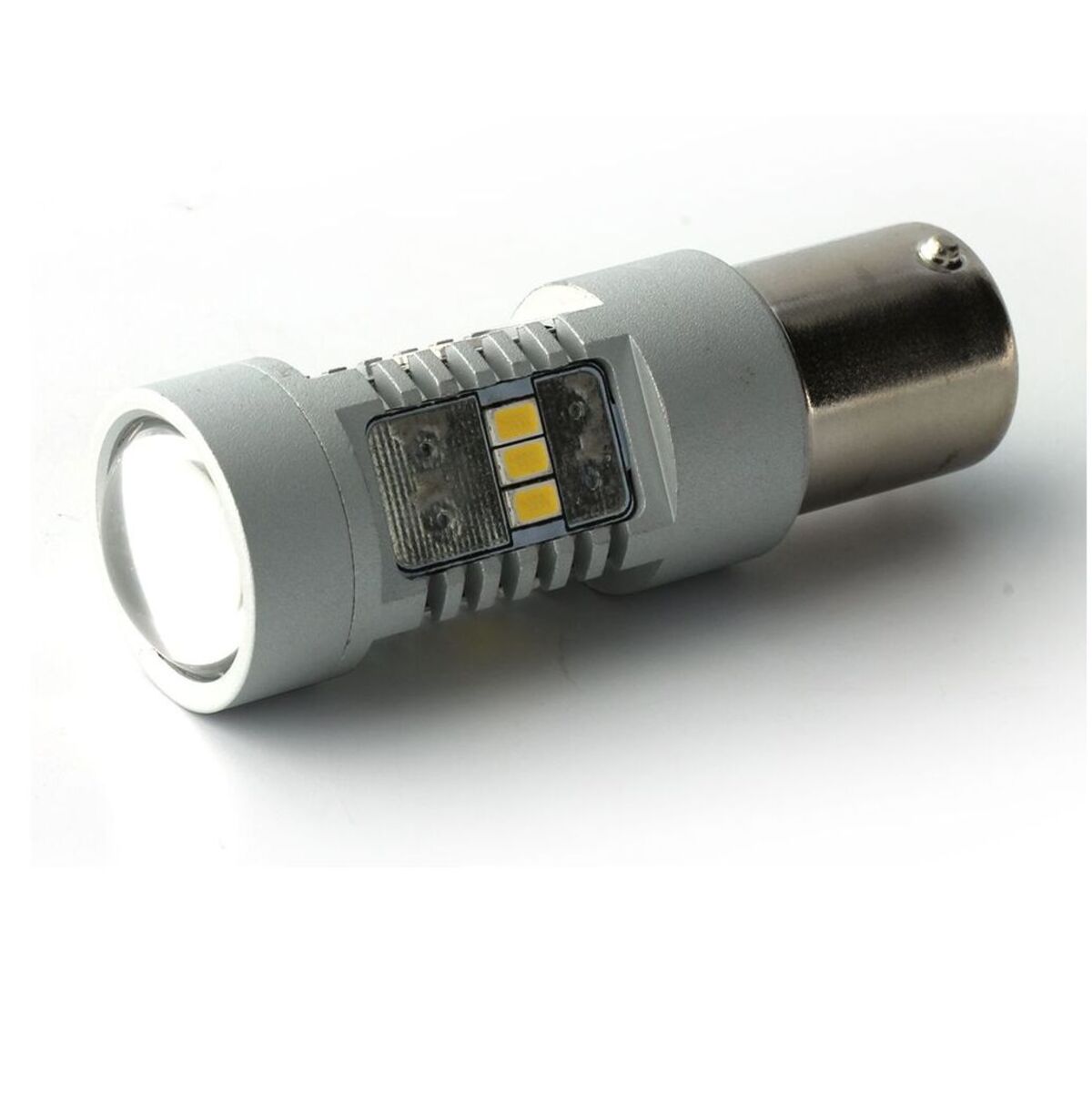
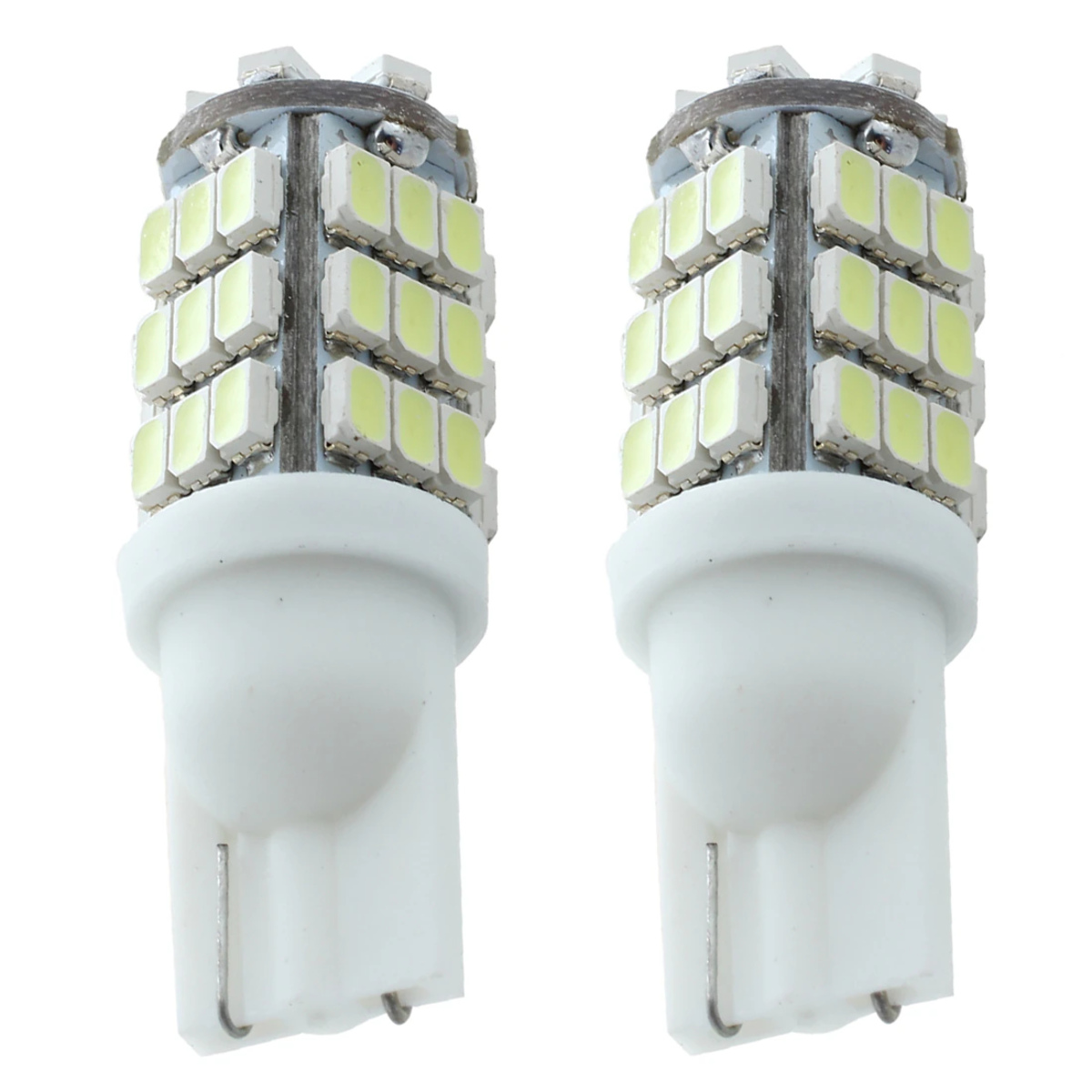
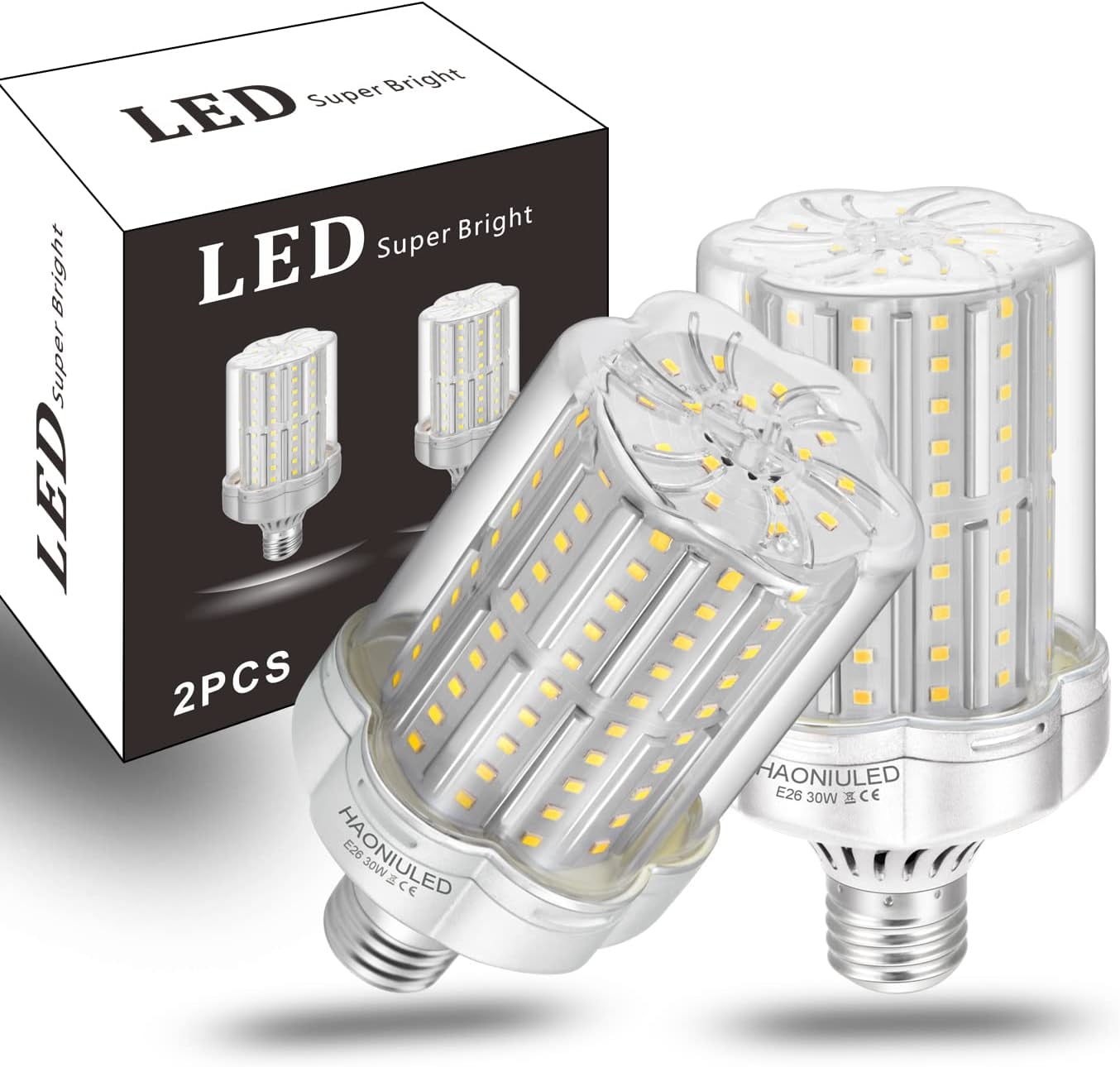
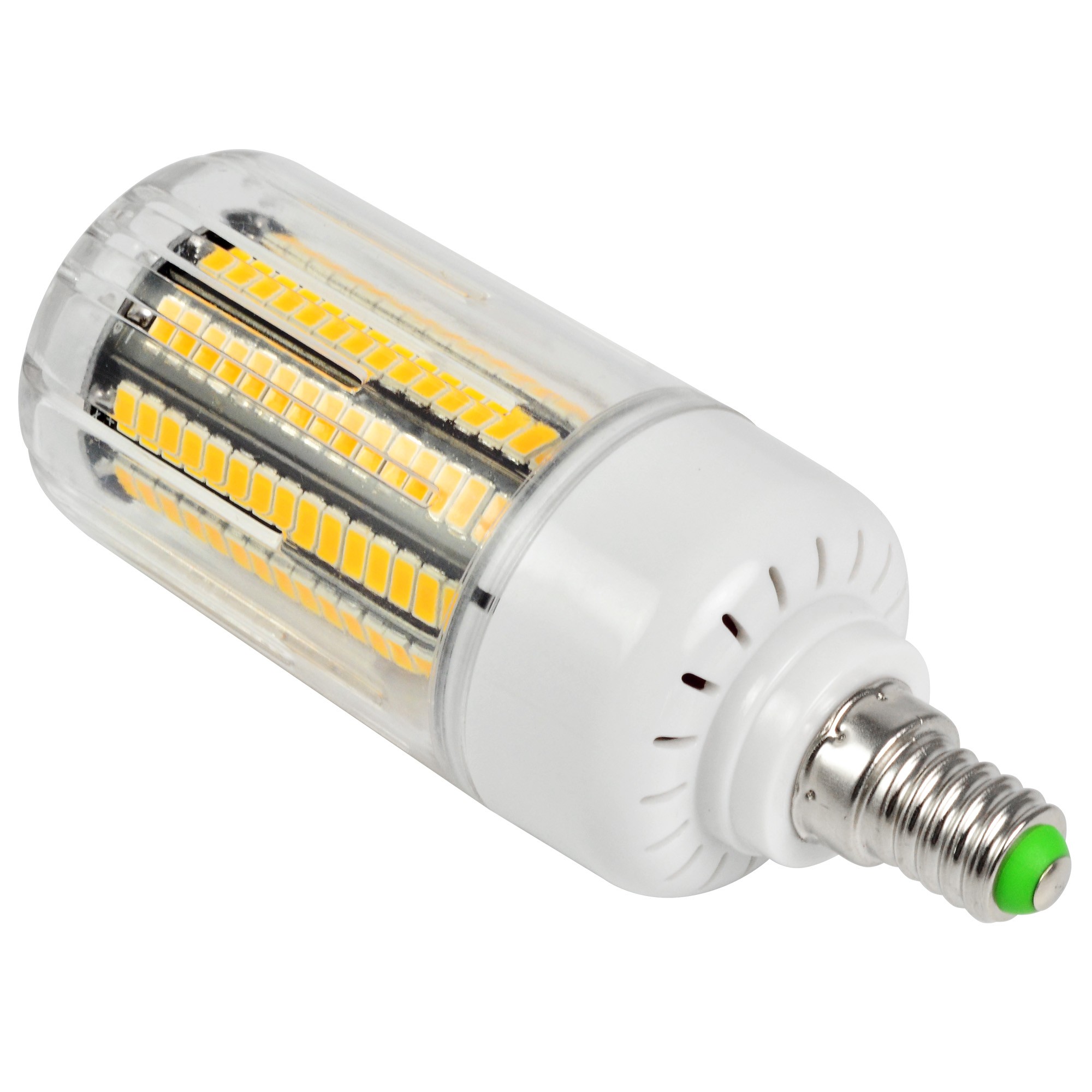
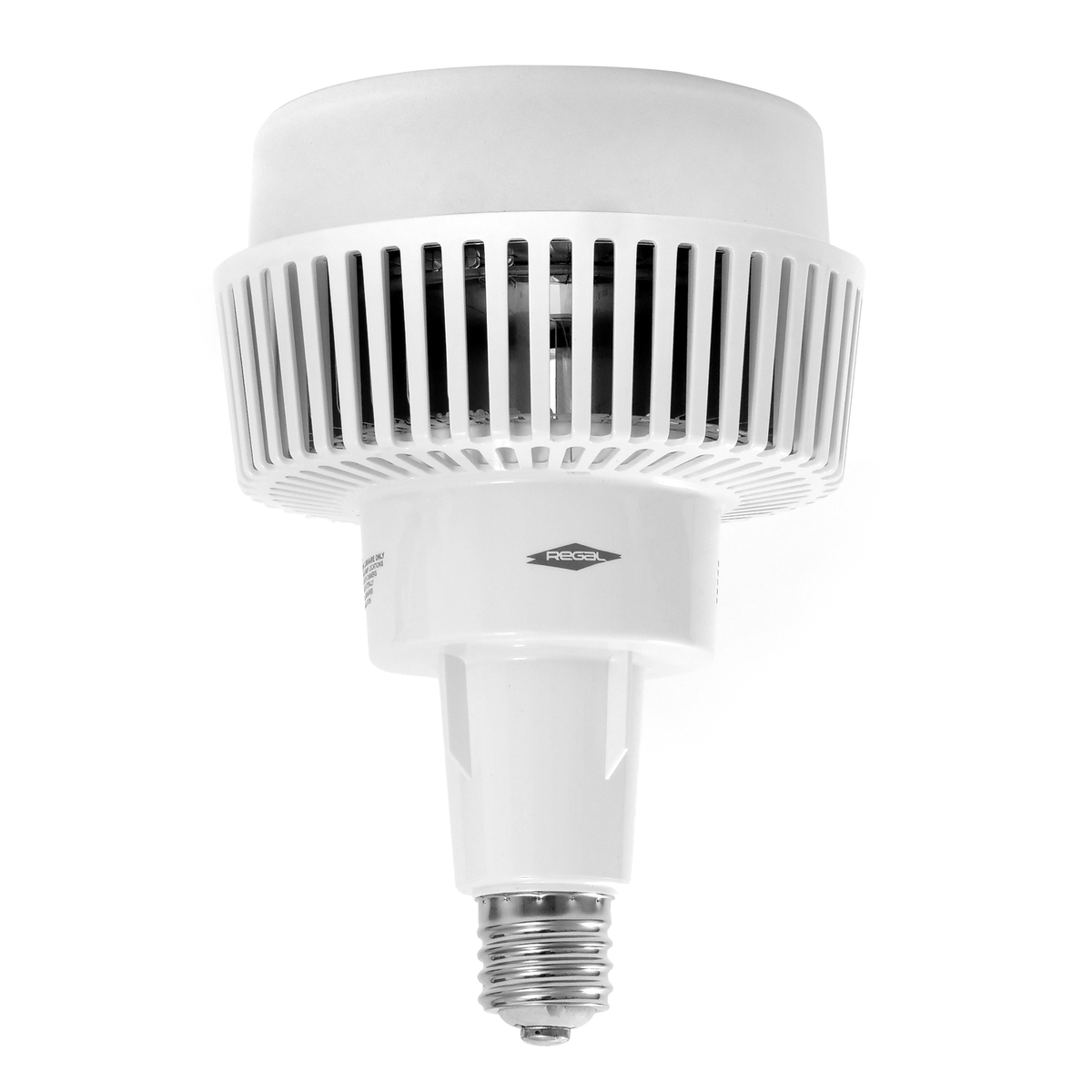
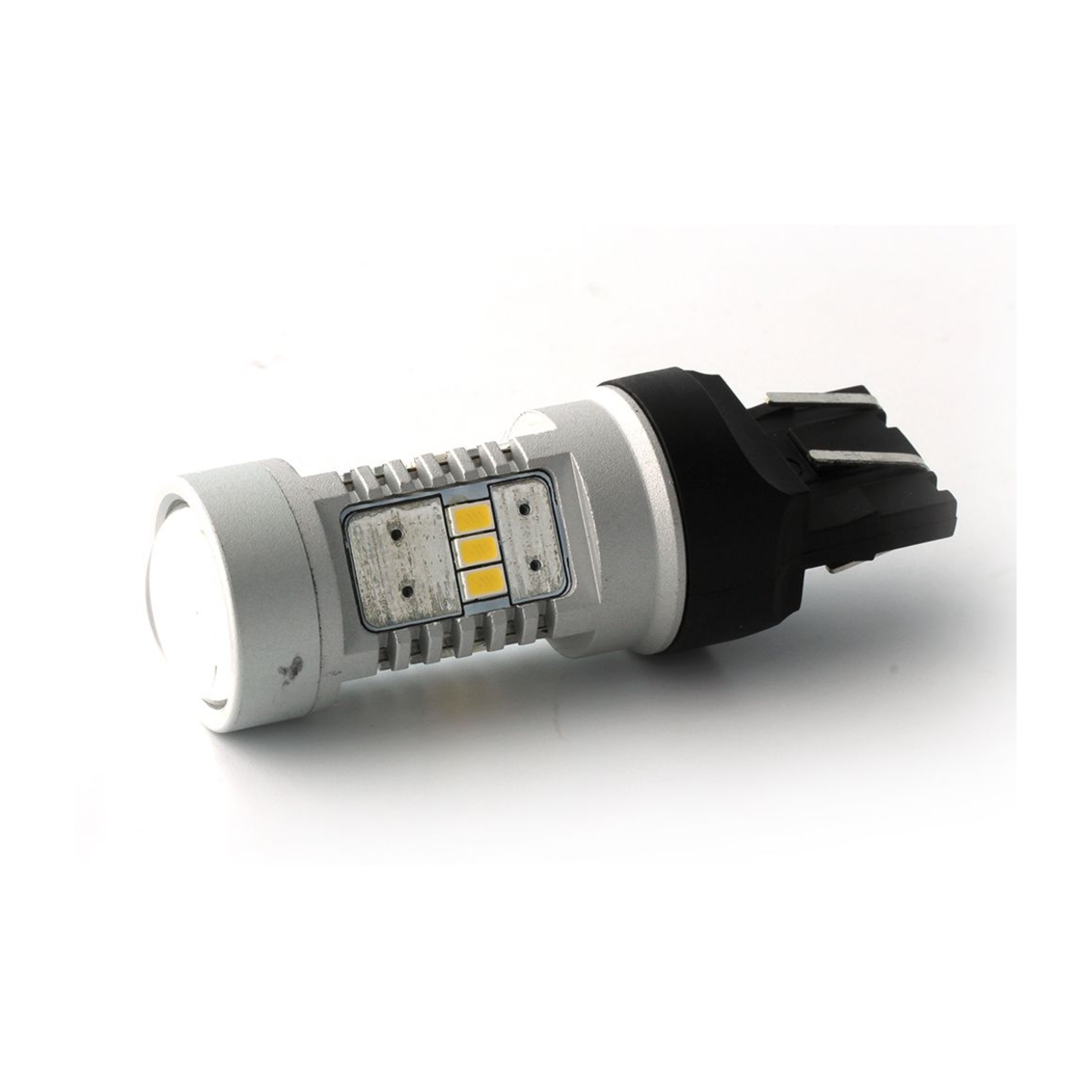
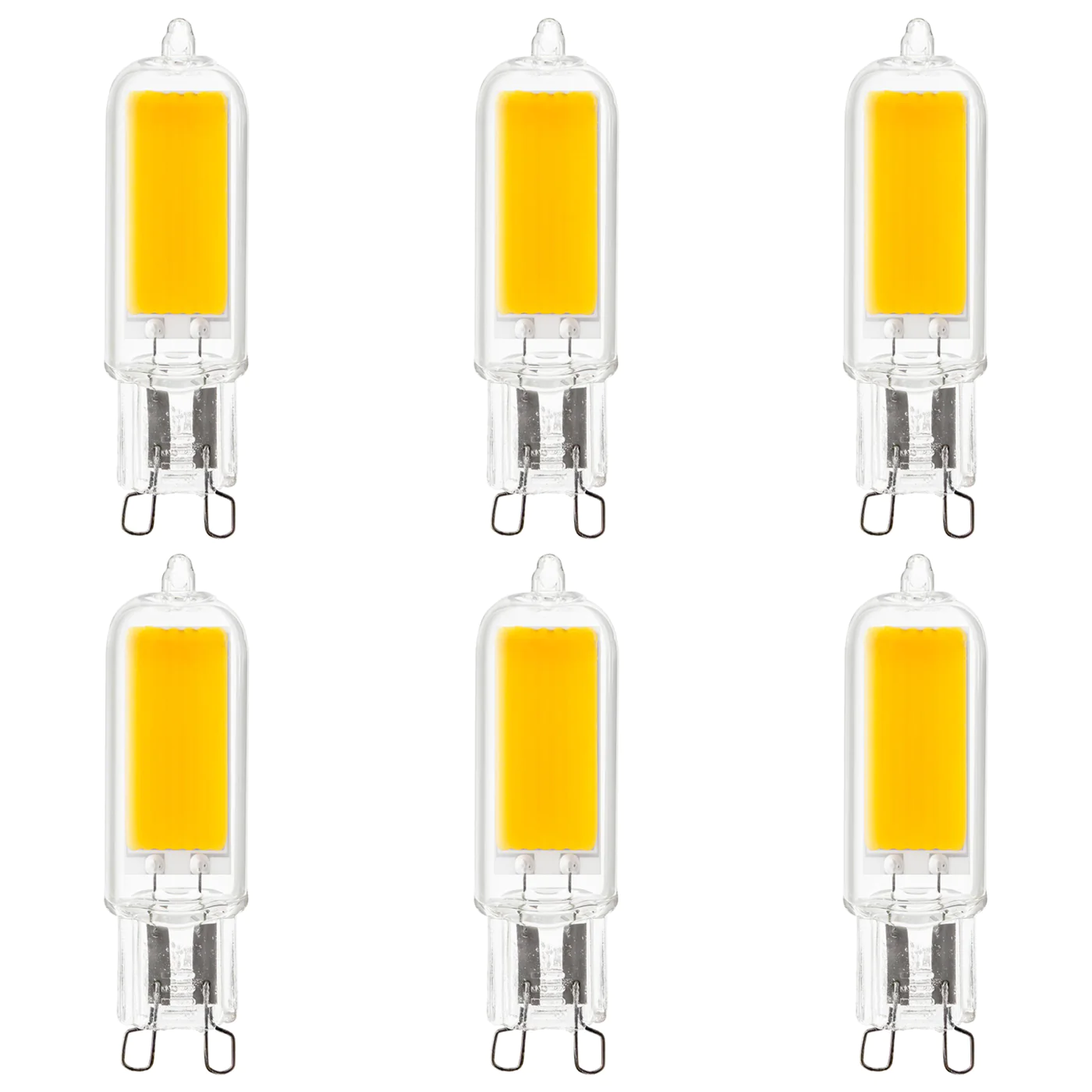
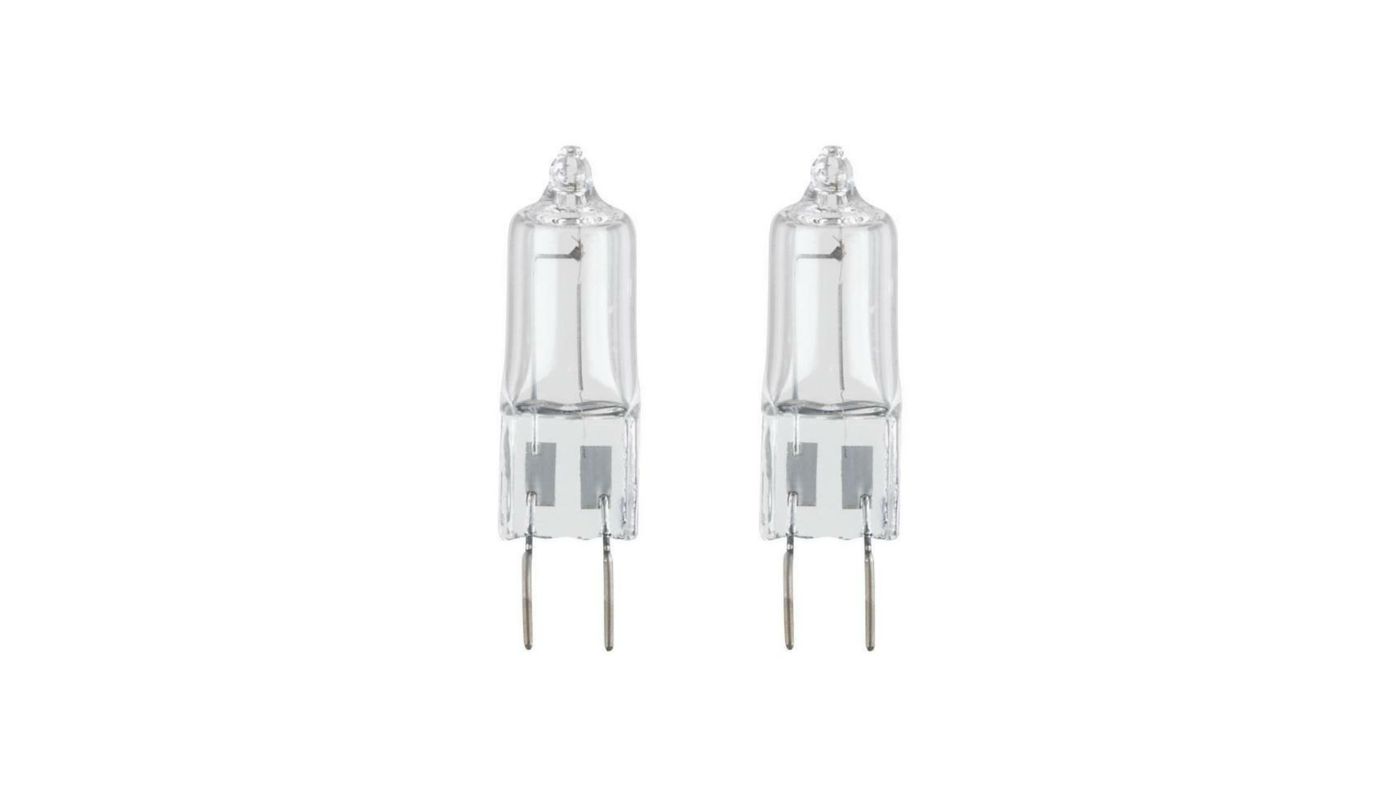

0 thoughts on “How Bright Is A 9W LED Bulb”